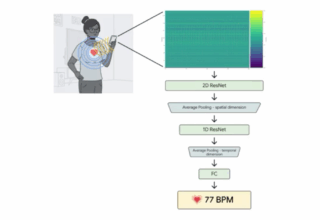
Agricultural equipment leasing is one of the most popular types of equipment leasing available today. However, not all equipment that is leased is agricultural, although it is believed to be the original type of leasing. Few people know how far back the concept actually goes. Indeed, evidence has been found that, around 2010BC in Ur, the ancient Sumerian city, priests had developed the first leasing concept – and it was one relating to agriculture! Farmers were able to lease both equipment and land, with agreements to this extent being etched into clay tablets. Other empires seem to have done the same, including Rome, Greece, Egypt, and Babylon. The Phoenicians were the first to modernize the concept of leasing, when they started to make it available for ships. This was the first time anyone would consider leasing something that was so susceptible to both destruction and depreciation!
Agricultural Equipment Leasing in the USA
The concept of equipment leasing first came to the USA at the start of the 18th century. It focused mainly on transportation equipment, however, including wagons, buggies, and horses. However, this expanded to locomotives, railroad carts, and barges. In 1870, there was a huge transformation in the country, which is when the “true lease” was developed. This meant that, for the first time, a lessor was legally entitled to keep the equipment when the lease ended.
Towards the start of the 20th century, there was strong economic growth, which meant demand for equipment leasing also increased. During the 1920s, many people took advantage of the easy lending market, leasing anything they could not instantly afford. Manufacturers also used the easy lending market to make it easier for people to buy something, offering lease plans with reasonably comfortable payment installations.
When World War II started, equipment leasing continued to develop in America. Arms production, for instance, required the development of new types of machines with the full knowledge that these would not be needed anymore once peacetime started. Hence, people started to look for lease options, but financial companies were less keen to offer them. This is why operating leases started to get developed, whereby equipment could be leased together with an operator, which meant the equipment could be used elsewhere later, together with a skilled operator. This was particularly popular in the railroad industry as well.
After the war, the first businesses that focuses solely on leasing was formed. In 1954, the U.S. Leasing Corp. opened its doors. This ensures that the needs of customers could better be met. Vendors started to understand that they could also benefit from using a third party company to lease their equipment. Finance laws also started to change, which was further linked to an increased need for equipment finance. By 2004, the industry as a whole grossed some $218 billion, with some 85% of businesses in the USA leasing at least some of their equipment. Clearly, leasing is a fantastic opportunity for many different businesses to grow.




















